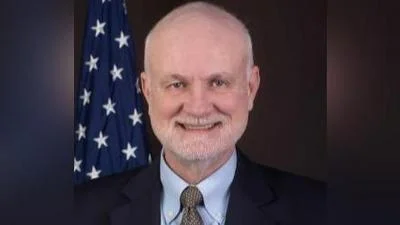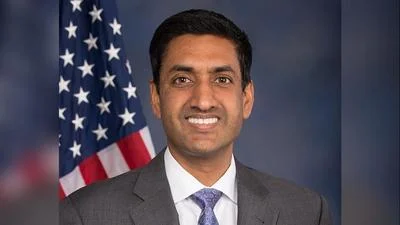John Taylor, Professor of Economics at Stanford University and developer of the "Taylor Rule" for setting interest rates | Stanford University
John Taylor, Professor of Economics at Stanford University and developer of the "Taylor Rule" for setting interest rates | Stanford University
Constitutional originalism, a legal theory embraced by many conservative judges and Supreme Court justices, aims to interpret the U.S. Constitution based on its original meaning. Advocates argue it results in objective legal rulings, as stated by Chief Justice John Roberts: "The job of judges is to call balls and strikes rather than to shape the law according to their own sense of what is best for society."
Jonathan Gienapp, an associate professor at Stanford Law School, challenges this view in his book "Against Constitutional Originalism: A Historical Critique." He argues that originalists misunderstand historical context and thus fail to achieve true objectivity. Gienapp asserts that "originalists end up inventing history rather than recovering it," leading to interpretations disconnected from the Founders' intentions.
Gienapp explains that 18th-century Americans viewed fundamental rights as inherent, not merely enumerated in the Constitution's text. This perspective contrasts with modern originalist views focused on textual interpretation. He suggests that understanding these historical differences requires translating and updating constitutional jurisprudence.
In his previous work, "The Second Creation," Gienapp explored early debates over constitutional interpretation. His new book further examines how originalists' reliance on historical recovery complicates their legal arguments.
Gienapp critiques recent Supreme Court decisions like District of Columbia v. Heller (2008) and New York State Rifle & Pistol Association v. Bruen (2022), which were based on an originalist reading of the Second Amendment. He argues these rulings misinterpret "free state" by imposing a modern notion of liberty instead of recognizing early Americans' emphasis on representative government.
He hopes his work will prompt originalists to reconsider their assumptions about constitutional history: "There’s a fork in the road... We either rationally reconstruct the past given our contemporary needs or engage in a broader form of intellectual reconstruction."
This article was initially published by Stanford School of Humanities and Sciences.
###




 Alerts Sign-up
Alerts Sign-up